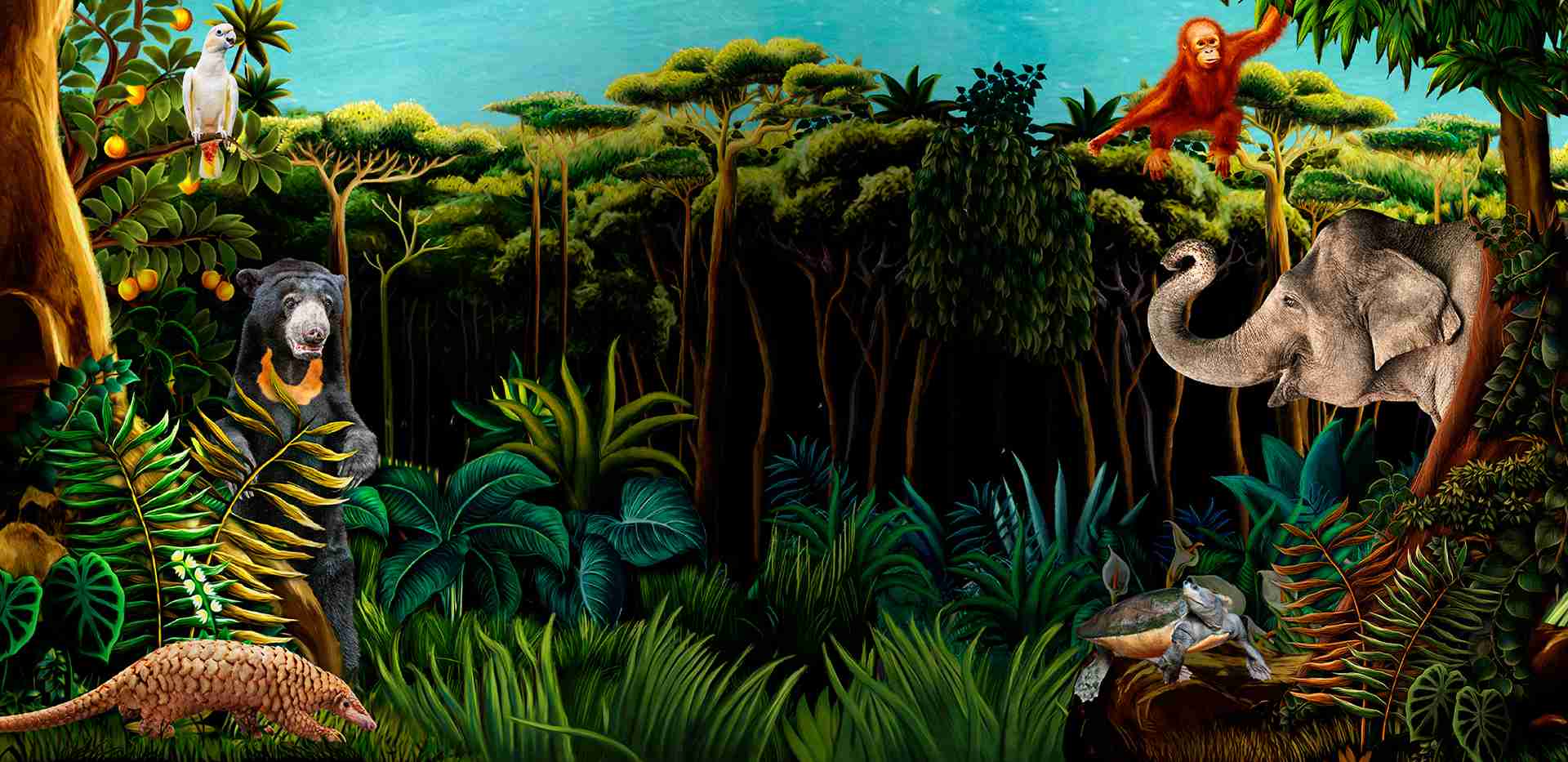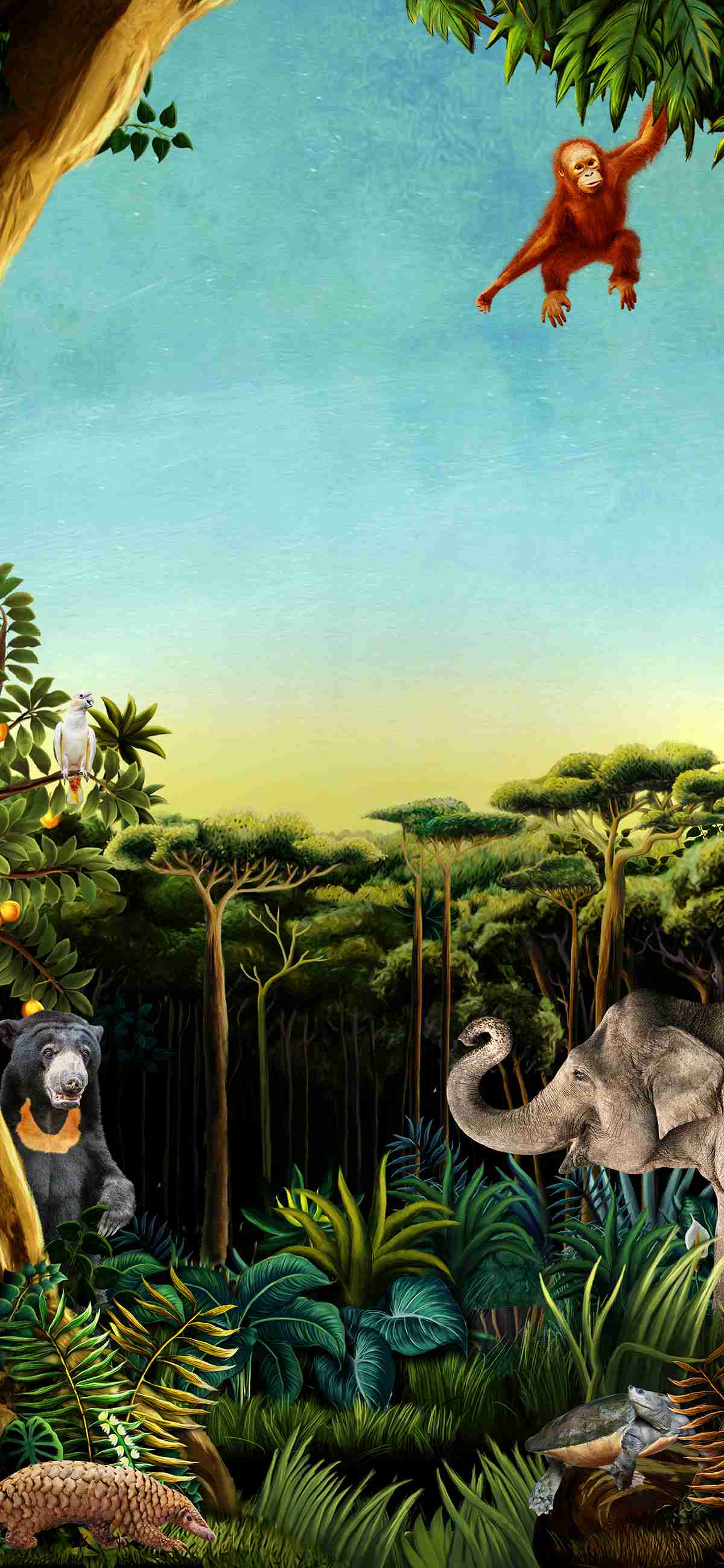Singapore's wildlife parks welcomed close to 800 babies in 2022
08 Mar 2023.jpg)
Spot the mini Linne’s Two-toed Sloth clinging comfortably on mum, Indigo, as she hangs on the vines at Singapore Zoo’s Fragile Forest.
Photo credit: Mandai Wildlife Group
Over at River Wonders, the Giant Anteater pup similarly latches onto the back of mum, Beanie. As a means of protection from predators in the wild, the pup’s black and white band aligns with the pattern on its mum serving as a camouflage to keep itself safe. Anteaters are classified as vulnerable under the IUCN Red List of Threatened Species.
Photo credit: Mandai Wildlife Group
28 of these species are part of internationally managed species programmes across the world, such as the European Association of Zoos and Aquaria (EAZA) Ex-situ Programme (EEP) and Species Management Programme (SMP). These programmes are crucial in maintaining healthy and diverse populations of animal species under human care, especially those that are endangered in the wild. Mandai Wildlife Group currently participates in over 160 internationally managed species programmes, contributing to the conservation of species through breeding, research, and education.
Baby Steps
Jurong Bird Park’s closing chapter ended on a high note with significant hatchings in its final year of operations in 2022. After 22 years, the park finally saw successful hatchings of two critically endangered Citron-crested Cockatoos a month apart from each other. Given the conservation value of this species, the two chicks were hand-raised at the park’s Breeding and Research Centre (BRC) to increase their chances of survival. The two chicks are now growing up well in the new BRC at Bird Paradise. The Citron-crested Cockatoo is one of several highly threatened Cockatoo species from Indonesia’s Sunda region, all of which are under pressure from the illegal wildlife trade and habitat loss. Other critically endangered new chicks on the block include a brood of 13 Negros Bleeding-hearts, two Vietnam Pheasants, a Great Green Macaw and a Red-fronted Macaw. The Negros Bleeding-hearts in Singapore form the first conservation breeding programme outside of their native country of Philippines. Working with partners in the field and Mandai Nature, the progenies will eventually be repatriated to Philippines and help boost wild populations.
A different kind of hatchling but also a notable contribution to the species’ EEP, the Singapore Zoo had its first Burmese Star Tortoise birth. The single egg was artificially incubated in RepTopia to ensure the best conditions for successful hatching. This critically endangered tortoise, with its black domed shell marked by distinctive yellow radiating patterns, was historically found in the dry zone of central Myanmar but became extinct in the mid-2000s. However, thanks to global conservation efforts, this species is slowly making a comeback in the wild. Aside from having the species under its care, Mandai Wildlife Group supports in-situ partners in their plans to expand conservation efforts for the species in Myanmar through its conservation arm, Mandai Nature. Also making it to the records are three Williams’ Dwarf Geckos, or Electric Blue Geckos. Unlike the brilliantly hued dominant males, the wee critters are green or copper in colour and just less than 1cm long when first hatched. RepTopia has recorded a total of 15 of these gecko newborns to date, and the critically endangered species will soon come under an EEP. 41 Golfodulcean Poison Dart Frogs, six Axolotls and a Lake Titicaca Frog added to the past year’s list of threatened amphibian arrivals.
Of note for the primates, the endangered Ring-tailed Lemurs expanded their troop last year with a sixth member. This was the first birth since 2014 and came soon after mum arrived from France in January 2022. These social animals are managed under an EEP to maintain healthy and sustainable populations of their kind under human care outside of their native habitat of Madagascar. Drop by the Primate Kingdom at Singapore Zoo and you might just catch the troop happily sunbathing.
Meanwhile, River Wonders maintained its good track record with the Giant Anteater which is notoriously difficult to breed, making the park one of the key contributors to the species’ EEP. The new pup is Zapata and Beanie’s first baby, and the park’s fifth anteater birth. This species has a single offspring once a year after a gestation period of about six months. The fast-growing pup is now too big to be carried on mum’s back for long periods of time, but he certainly has not stopped trying and loves jumping on her especially when she is resting. Mum and pup are currently still spending time together in an off-exhibit area.
Night Safari saw three additions of the critically endangered Brush-tailed Rat Kangaroos, also known as Woylies, giving a boost to the original trio about a year after their arrival. Guests can spot the young ones hopping about at the Wallaby Trail. These small kangaroo-like marsupials get a leg up quite literally with their prehensile tail, using it like an extra limb to pick up objects. Also at Night Safari, the Southern Three-banded Armadillo duo Rocha and Rolar were on a roll as they became proud parents again last year. Only this species of Armadillo can encase itself in its shell to fend off predators. The shy female baby has started transitioning to the adult diet which includes vegetables, mealworms and ant eggs. She currently spends her time with mum in the back-of-house den and will make her debut later this year.
Crowd Charmers
Slow and steady wins the race. Singapore Zoo’s Fragile Forest welcomed its first baby Linne's Two-toed Sloth two years after the arrival of Indigo – an adult female, from Taipei Zoo as a mate for Bunny, the zoo’s resident male sloth. Like sloths in the wild, Indigo gave birth while hanging upside down. Pup and mum are spending much quality time together up in the trees and have already captured the hearts of many on social media. The 6-month-old baby has started to be inquisitive about its surroundings and enjoys solid food such as fruits and vegetables. During this time, it will continue to cling to its mum’s belly and only leave at nine to 12 months old after it has developed important life skills such as identifying suitable food to eat.
Another bundle of happiness is Thabo, born to Minah and Bubu, Singapore Zoo’s oldest pair of Pygmy Hippos (aged 33 and 32 respectively). The calf’s name translates to “he who brings joy” in the African language. Minah and Bubu’s 14th calf is growing well, exploring his surroundings and beginning to wean from mum. He tested the waters in the off-exhibit pool and was recently introduced to the larger and deeper pool in the exhibit with mum. Contrary to popular belief, Pygmy Hippos are not swimmers. Their bodies are too dense to float, so they tiptoe in the water in what is affectionately referred to as underwater ballet. These animals can stay underwater for up to six minutes at a time.
Over at Night Safari, guests will be able to hear the squeaks or perhaps see a triple joy of Oriental Small-clawed Otters. They tend to stay close to their parents – mum was born here almost 12 years ago while dad came from Switzerland in 2019 – and will vocalise for their family when the adults are not nearby. This species’ diet includes crustaceans, molluscs and small fish, and they cleverly leave shellfish out in the sun for them to slowly open.
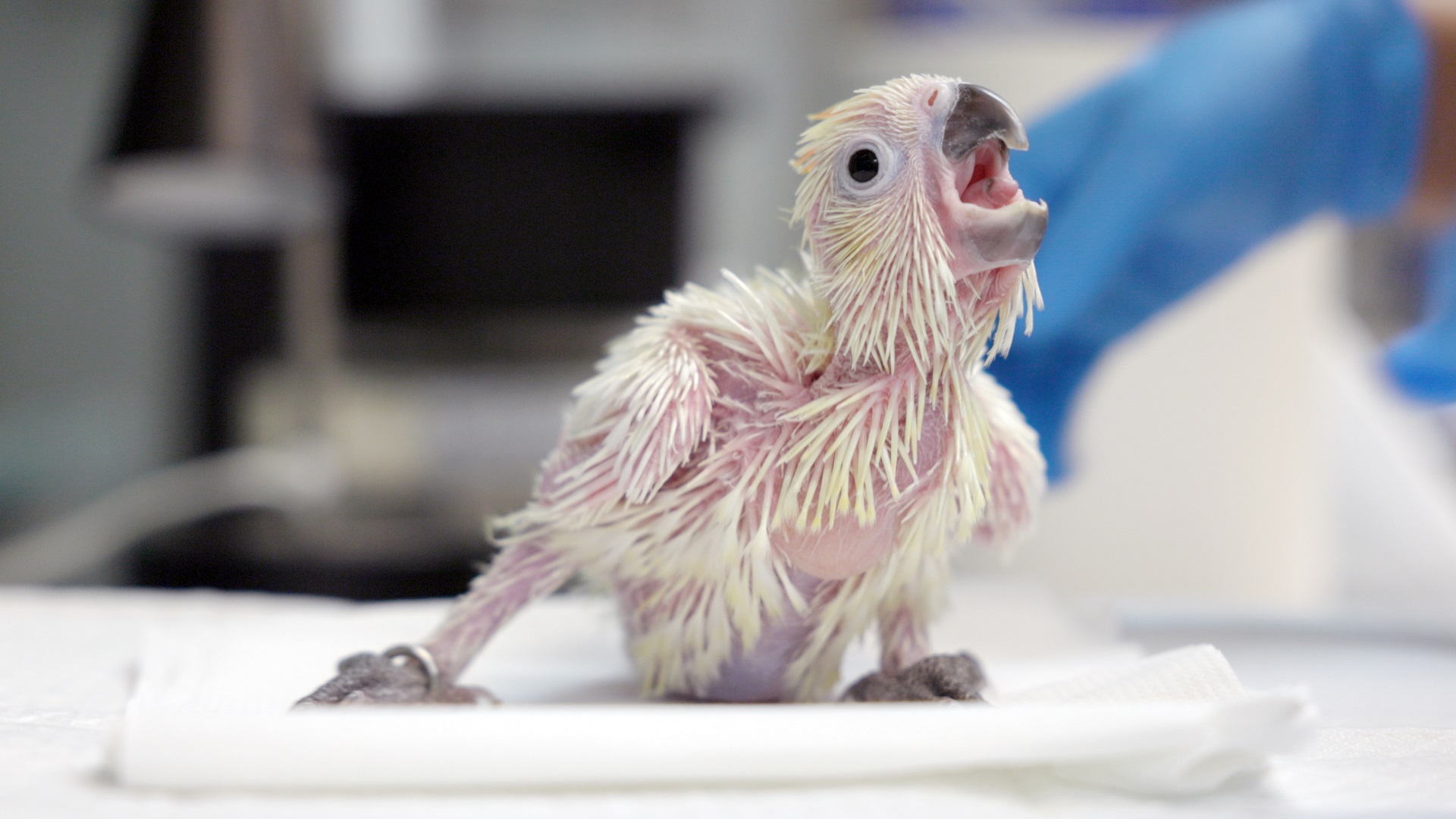
Jurong Bird Park saw two Citron-crested Cockatoo hatchings after a hiatus of 22 years, on 21 Sept and 19 Oct 2022 respectively.
Photo credit: Mandai Wildlife Group
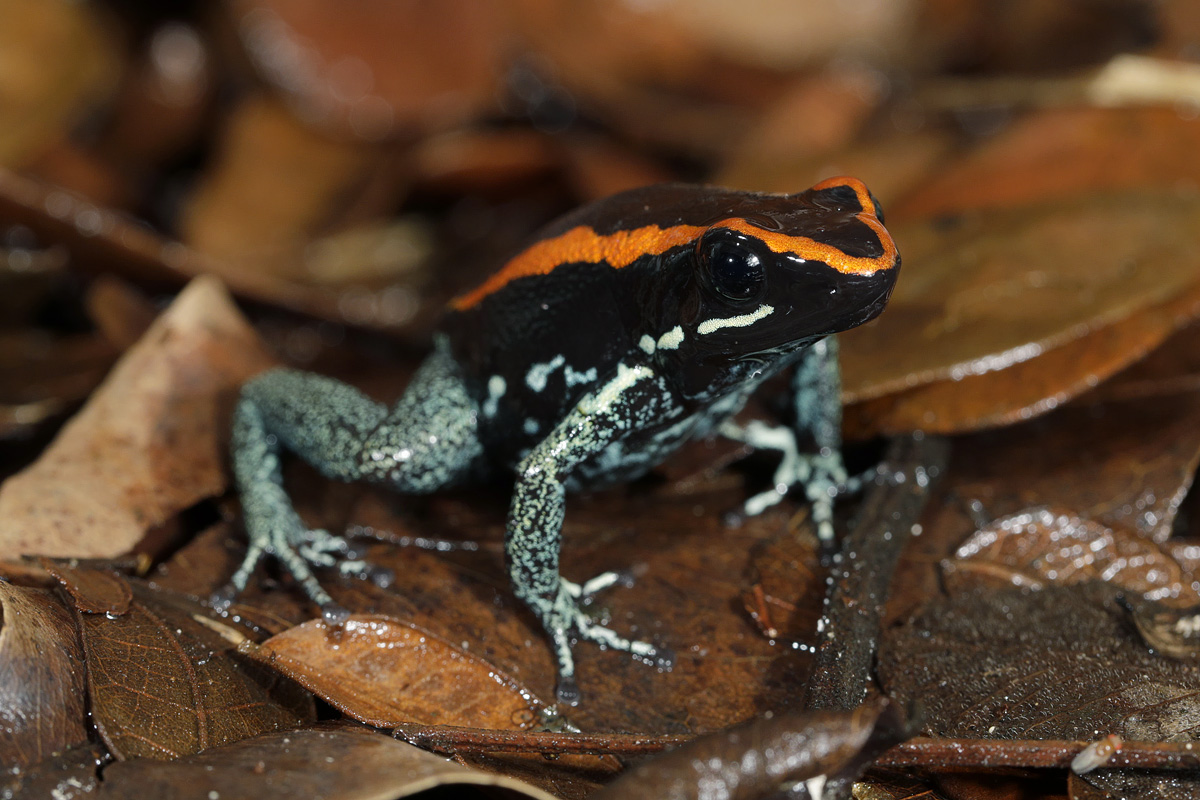
Singapore Zoo’s RepTopia is now home to 52 striking and threatened Golfodulcean Poison Dart Frogs.
Photo credit: Mandai Wildlife Group
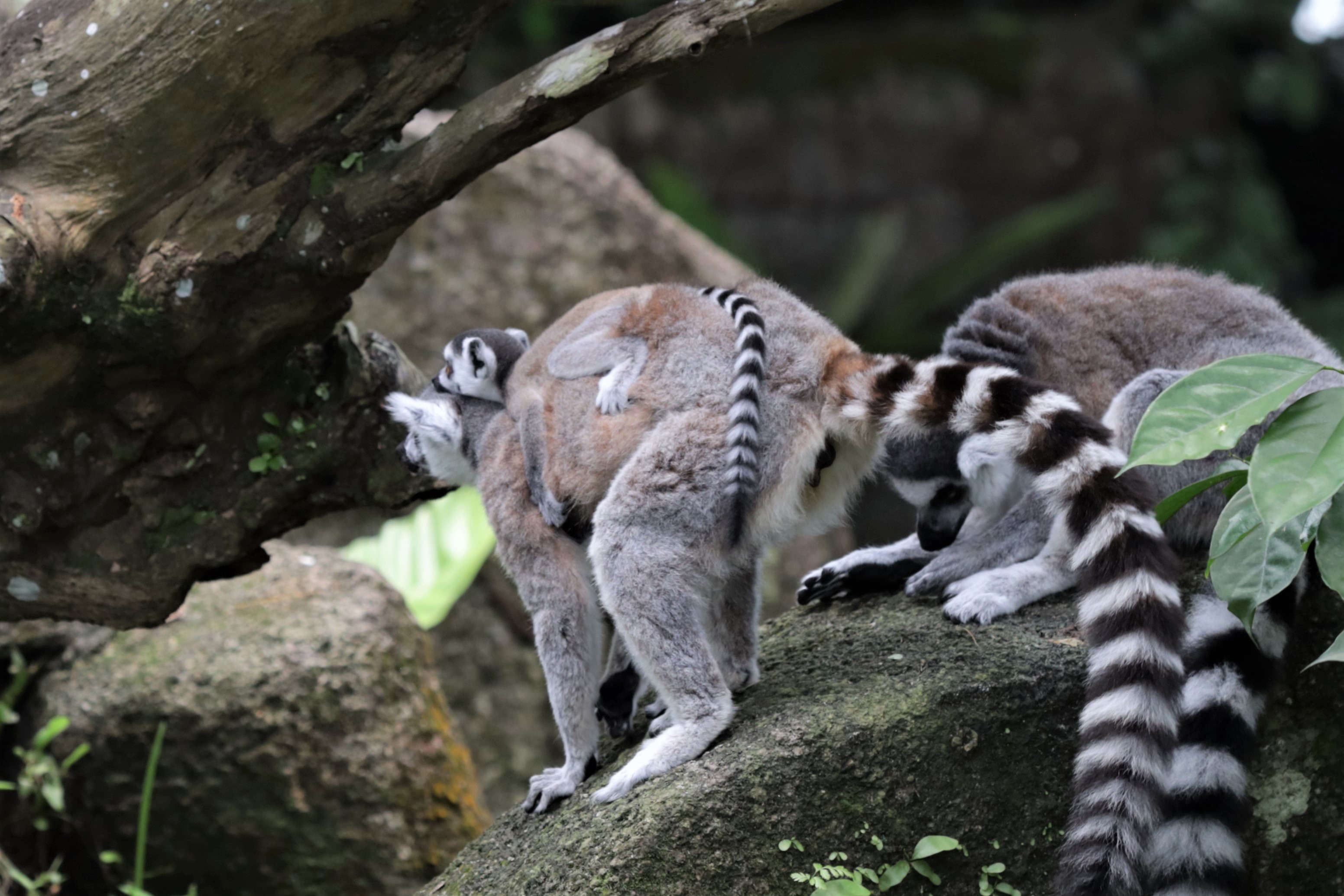
Our first Ring-tailed Lemur baby in eight years perched on mum. The troop can sometimes be spotted huddled together for comfort.
Photo credit: Mandai Wildlife Group
This species is often mistaken for the Indian Star Tortoise. The one and only hatchling in 2022 enjoys its food, especially the occasional treat of strawberries.
Photo credit: Mandai Wildlife Group
Our latest Pygmy Hippo baby Thabo made his debut in the exhibit on 17 Feb 2023. The “soapy” look on its skin is due to mucus secretion that offers protection against the sun rays.
Photo credit: Mandai Wildlife Group
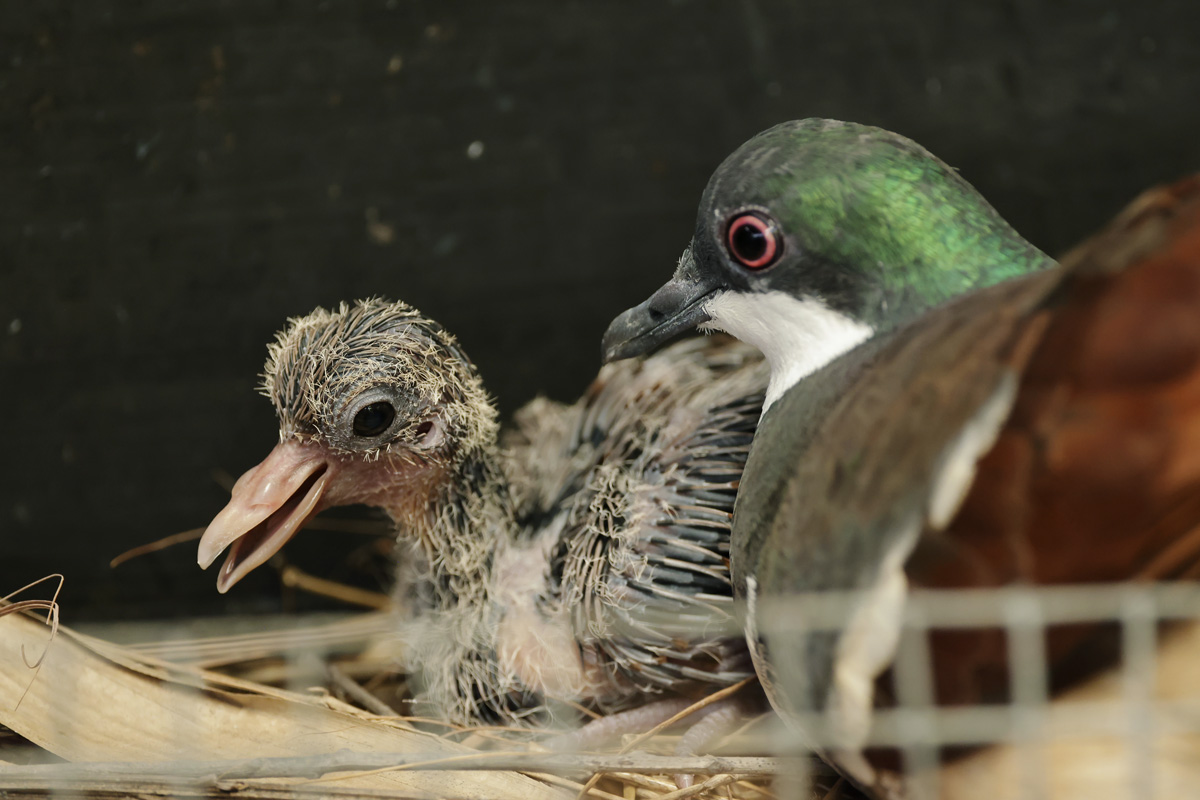
Jurong Bird Park had a whopping 13 Negros Bleeding-heart chicks last year. One chick hatched in end-2021 soon after the start of the conservation breeding programme in Singapore.
Photo credit: Mandai Wildlife Group
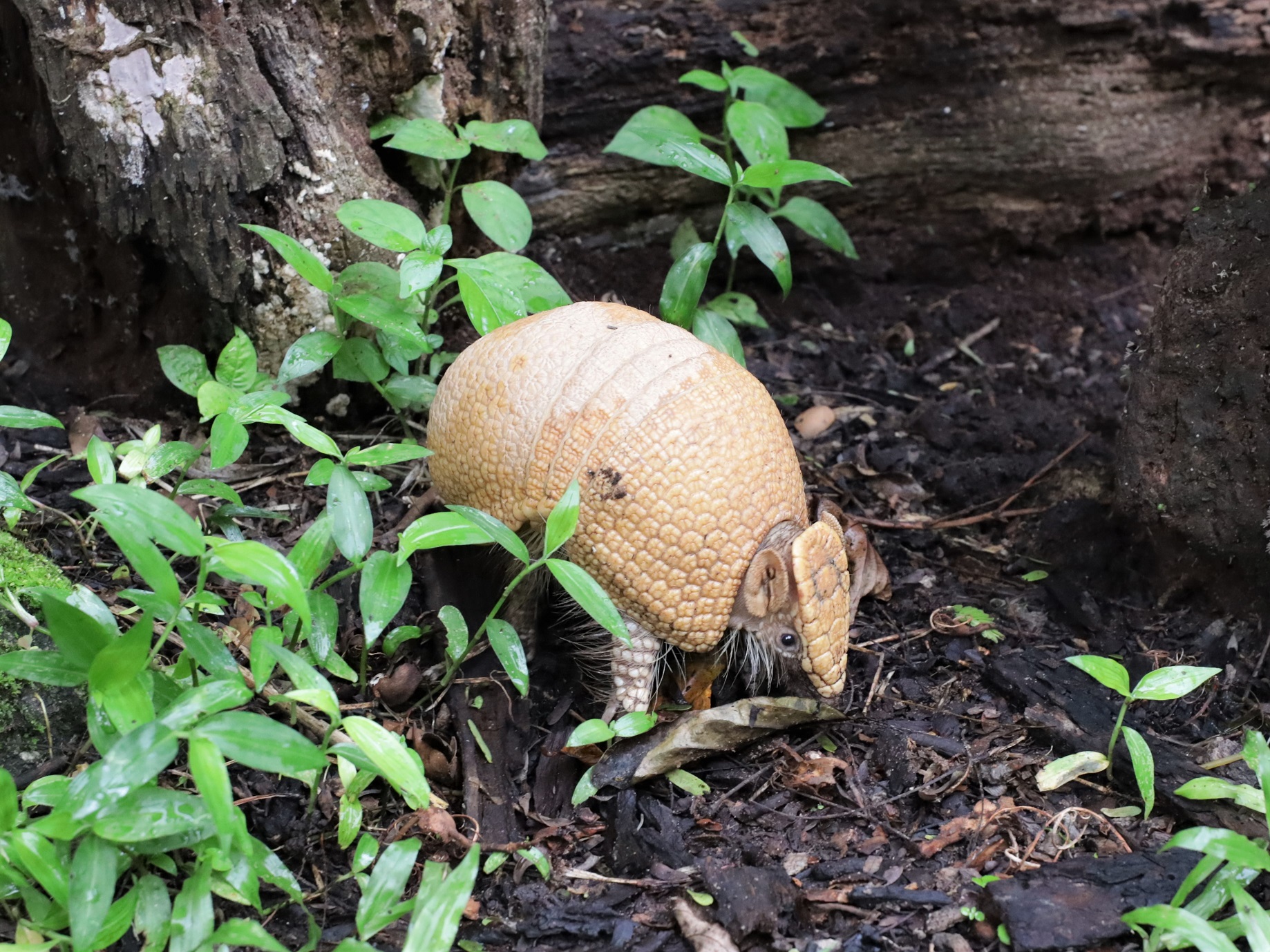
Weighing a mere 124g at birth, the 7-month-old Southern three-banded Armadillo pup is shy but fast exploring her surroundings.
Photo credit: Mandai Wildlife Group
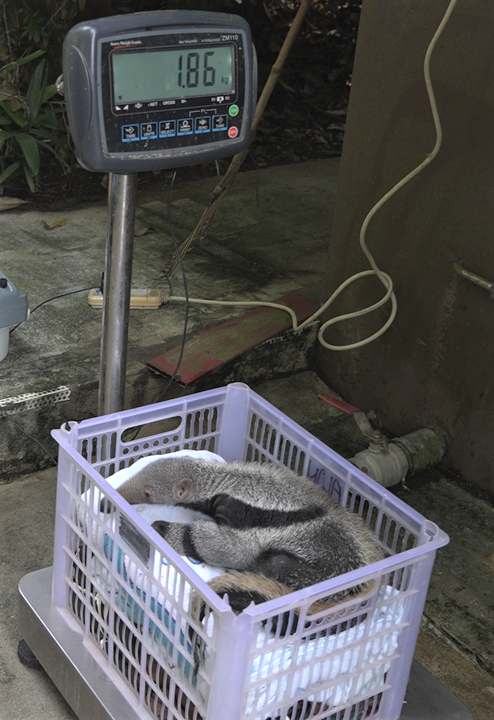
A Giant Anteater pup being weighed at about a week old. All babies receive health checks and are monitored closely to make sure they grow up healthy and happy
Photo credit: Mandai Wildlife Group
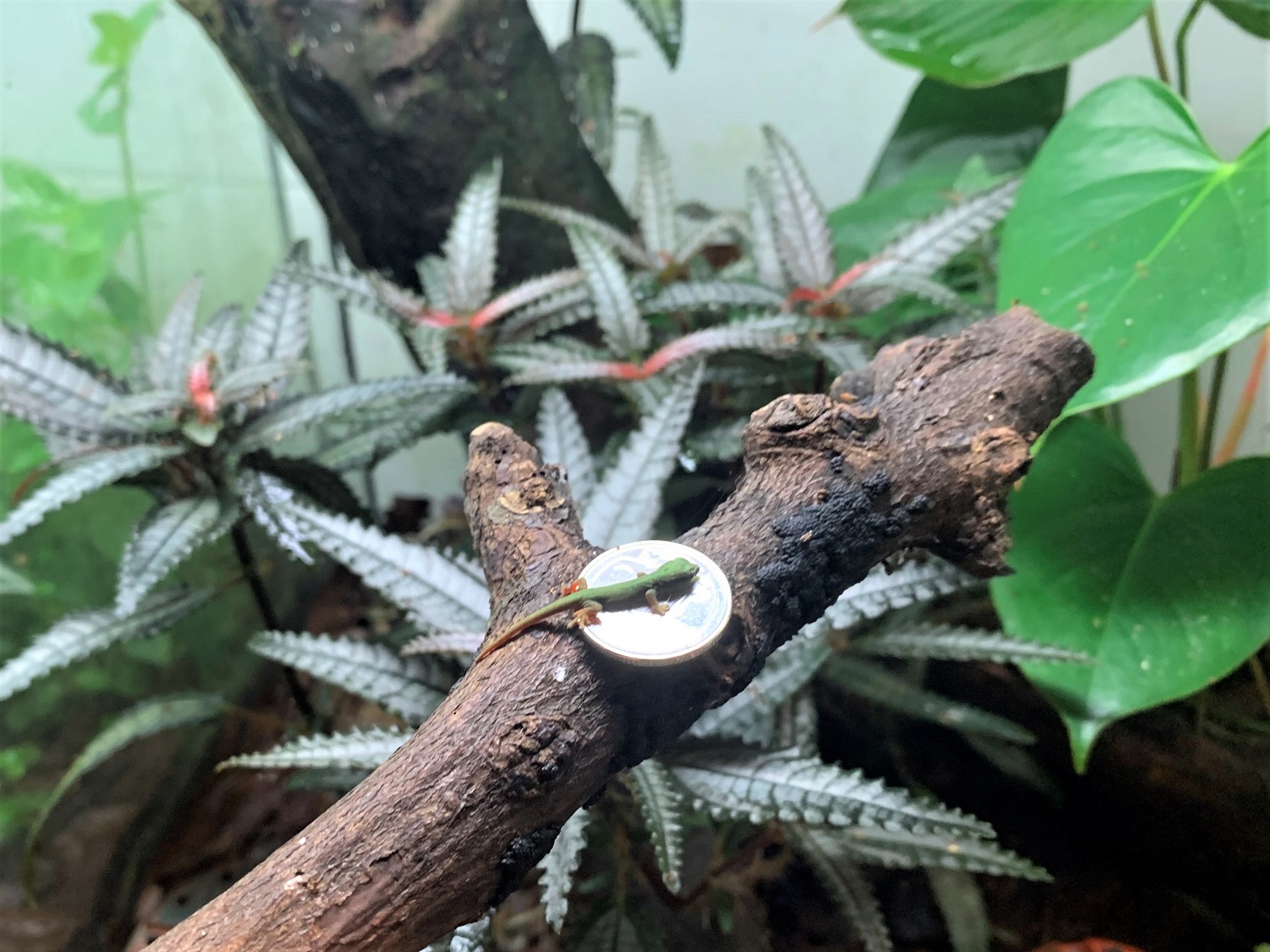
The baby Williams’ Dwarf Gecko is about the size of a 20-cent coin. This species is endemic to a very small area in Tanzania’s Kimboza and Ruvu forests, and lives exclusively on pandan plants.
Photo credit: Mandai Wildlife Group
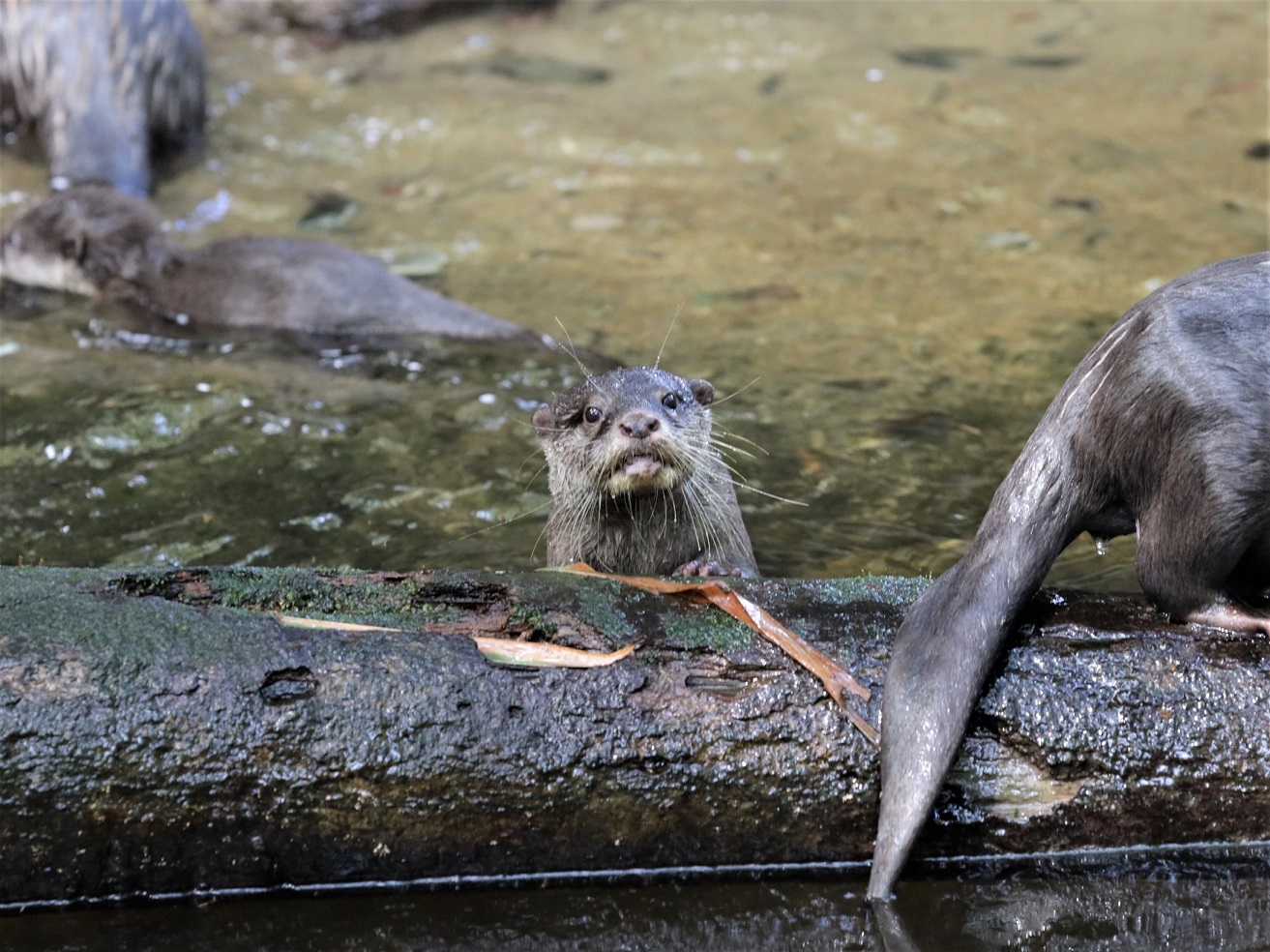
One of the three Oriental Small-clawed Otter babies from 2022 peeking out during family fun in the waters. Air pockets within their coat keep them insulated while they swim.
Photo credit: Mandai Wildlife Group
